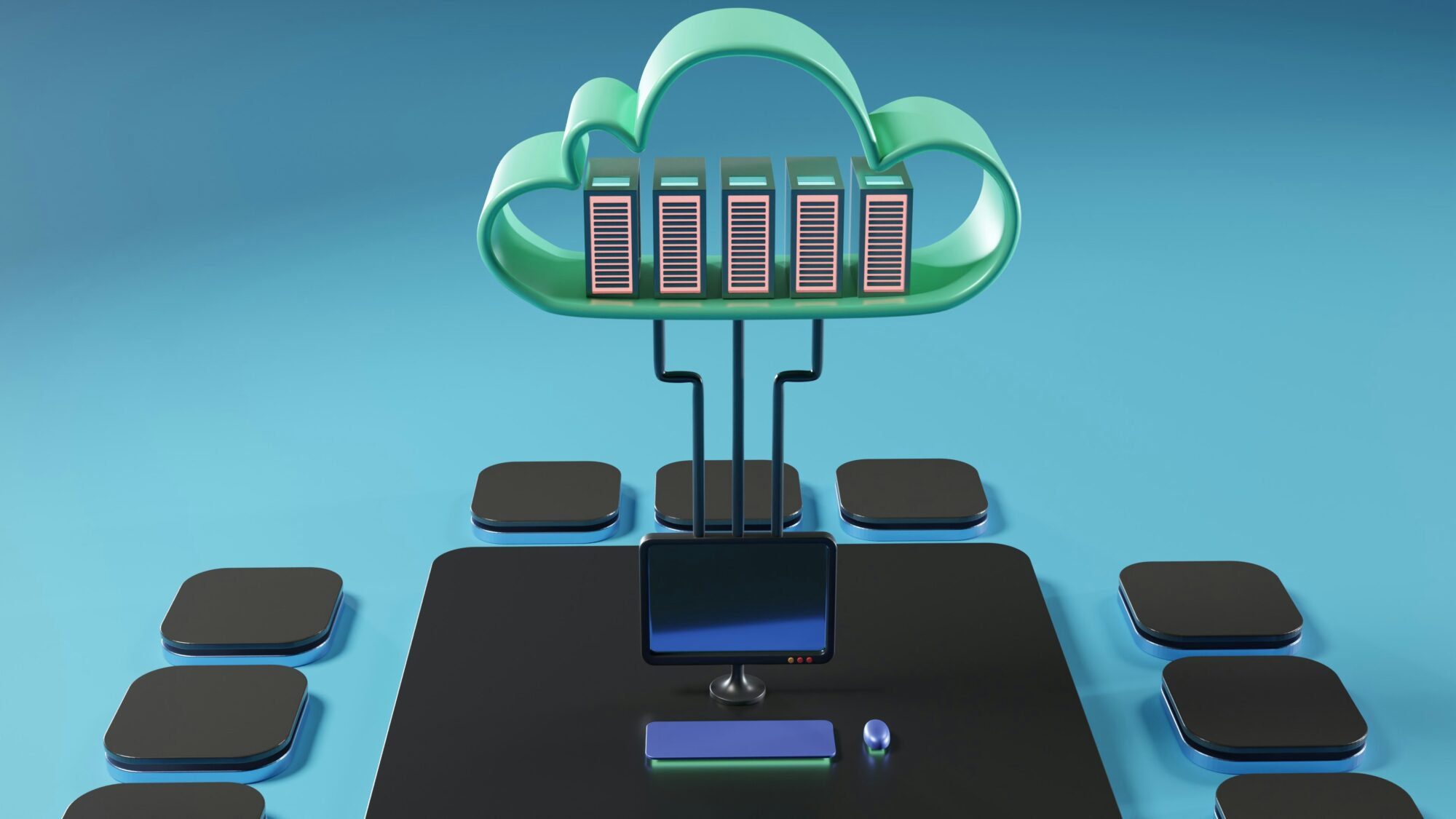Cloud adoption accelerates delivery but expands the attack surface. Misconfigurations, exposed secrets, and over-permissioned identities are common risks. Traditional tools often miss cloud-native threats. Securing your environment requires solutions designed for dynamic, distributed systems. It’s not about the tool’s quantity but fit and integration. Knowing where to start is crucial for building effective and scalable defenses.
This article highlights the top five cloud security tools to get started. Mastering these basics boosts your network’s defenses and simplifies your security strategy.
1. Cloud-Native Application Protection Platforms
CNAPP represents a significant evolution in cloud security. It consolidates several critical functions into one integrated platform. This approach addresses security across the entire application lifecycle, from code to runtime.
Core Capabilities and Scope
CNAPP combines IaC scanning, CSPM, CWPP, and CIEM into one solution. IaC scanning checks templates like Terraform for misconfigurations before deployment. CSPM continuously audits live cloud environments against benchmarks like CIS or NIST.
CWPP secures running workloads, including containers and serverless functions. A CIEM solution manages permissions and enforces least-privilege access across cloud identities.
Why Start Here?
Starting with CNAPP reduces tool sprawl significantly. It replaces multiple-point solutions with a unified view. This consolidation closes visibility gaps between development and operations teams.
More importantly, CNAPP uses runtime context to prioritize risks. It reveals which vulnerabilities can be exploited. This is based on real configurations and access paths. This focus prevents alert fatigue by highlighting genuine threats.
Key Use Cases
CNAPP is especially effective at securing current cloud-native systems. It’s especially beneficial for organizations using containers managed by Kubernetes. Another benefit is its ability to defend serverless functions, like those from AWS and Azure. It is now easier to manage the security of complex multi-cloud or hybrid deployments. IaC scanning and policy enforcement help add security early in CI/CD workflows.
2. Secure Access Service Edge
SASE converges network security and wide-area networking capabilities. It delivers them as a cloud-native service. This model is designed for the distributed workforce and cloud-centric applications.
Essential Components
SASE consolidates leading security technologies into one system. Zero Trust Network Access replaces VPNs, granting access based on identity and context, not location. A Cloud Access Security Broker monitors and controls data to and from SaaS apps. It helps your security teams to monitor data flows and enforce usage policies.
Firewall-as-a-Service adds cloud security features like blocking threats and filtering unsafe websites. It often includes Secure Web Gateway features to enforce internet use policies. All these tools help provide dependable and adjustable security for companies using the cloud.
Operational Benefits
Implementing SASE leads to a significant simplification of network architecture. It cuts the need to backhaul traffic through data centers. Security policies apply equally, regardless of the user’s location or device. The model incorporates the enforcement of least-privilege access. Managing security and networking from one cloud console increases efficiency and lowers expenses.
Critical for Hybrid Work
SASE is essential to protect remote and hybrid work. It ensures that users are safe whenever they use applications, either in the cloud or on the local network. Its main purpose is to secure the data in popular SaaS apps such as Microsoft 365 and Salesforce. Scalable security is possible with SASE even as organizations bring on more IoT and edge devices.
3. Data Security Posture Management
Data is the primary target for attackers. DSPM aims to find, classify, and protect sensitive data in the cloud. It addresses risks that are often missed by infrastructure-focused tools.
Unique Value Beyond CNAPP
While some CNAPPs include basic data discovery, DSPM offers deeper specialization. It excels in locating sensitive data, including PII and credentials, across cloud storage. This powerful tool maps data flows across your systems. It detects hidden or forgotten data repositories. These “shadow data” stores often contain sensitive information.
DSPM identifies risk by examining how sensitive the exposed data is. Unlike other tools, it does not focus on infrastructure flaws.
Compliance and Governance Focus
DSPM tools help meet regulatory requirements by automating discovery and classification processes. They produce reports that are ready for audits. They also help review access governance. This clarifies who can access sensitive data and why. Enforcing data retention policies and identifying stale data reduces risk and storage costs.
Integration Synergy
DSPM boosts CNAPP by adding data context for better risk prioritization. It shows misconfigurations that put sensitive data at risk. This provides a more unified view of infrastructure and data risk. It also helps us use resources effectively to resolve issues. This covers legacy databases and complex SaaS data.
4. Cloud Detection and Response
Traditional security tools often struggle with cloud-native threats. CDR (Cloud Detection and Response) identifies and handles malicious activities in cloud environments. It provides essential threat hunting and response tailored to cloud dynamics.
Cloud-Specific Threat Hunting
CDR solutions specialize in identifying tactics unique to cloud platforms. This includes detecting anomalous API calls indicating credential compromise or data exfiltration attempts. Identifying IAM role hijacking or privilege escalation is a major strength.
CDR also spots resource abuse like cryptojacking within computing instances or serverless environments. It detects suspicious activity within container orchestration layers like Kubernetes. Recognizing misconfigurations actively exploited by attackers is another critical capability.
Automated Response Actions
Speed is critical in cloud security. CDR enables swift containment and mitigation. This includes automatically revoking temporary security keys or API tokens associated with compromise. Isolating compromised virtual machines or container instances prevents lateral movement. Disabling suspicious user accounts or roles halts attacker’s progress.
In some cases, rolling back risky configuration changes helps restore security posture. This works best when the system is integrated with infrastructure-as-code or deployment pipelines. These actions are executed natively within the cloud environment.
Reducing Alert Fatigue
CDR tools analyze large amounts of cloud data. They review logs from services, workloads, network flows, and identity systems. Teams can find real anomalies more easily by setting behavioral baselines instead of relying on rule-based systems.
CDR connects low-fidelity signals from different cloud layers to spot complex, multi-stage attacks that some tools may miss. This context reduces false positives and helps security teams focus on genuine threats. Studies show that companies using specialized CDR can improve cloud incident response times by over 50%.
5. Open-Source Tools (Foundational Options)
Open-source solutions provide easy access to key security needs. Many tools offer IaC scanning to find configuration risks. Some include runtime threat detection for containers. Secret scanning helps stop credential leaks in code repositories. Automated compliance checks for cloud benchmarks are also common.
Strategic Implementation
Best for non-production environments or pilot projects. Useful for embedding security into CI/CD pipelines. Can supplement commercial tools for niche requirements. Requires integration into existing workflows.
Limitations to Consider
It demands significant in-house expertise to deploy and maintain this category of security tools. Scaling them across large enterprises is challenging.
Additionally, the tools often lack enterprise support and advanced automation. Moreover, they have limited threat intelligence and correlation capabilities.
Building Your Cloud Security Stack: Key Considerations
The right tools are important, but there is more to consider after that. To be successful, you need to align them with your goals and apply them correctly.
Phased Implementation Approach
- Phase 1: Deploy CNAPP (posture + workload security) and SASE (access control).
- Phase 2: Layer DSPM (data protection) and CDR (threat response).
- Phase 3: Use open-source tools for targeted gaps.
Always ensure chosen tools support Zero Trust principles, especially for access control. Examine how platforms leverage AI and automation for:
- Detecting threats.
- Prioritizing risks.
- Responding to incidents.
Final Thoughts
Cloud security demands focus. Focus on integrated tools: CNAPP for unified app and infrastructure security, SASE for secure access, DSPM for data protection, and CDR for threat response efficiency. Open-source options offer a starting point. Success comes from matching tools to your specific environment and risks.
Implement in phases, starting with CNAPP and SASE solutions. Add DSPM and CDR as needs grow. Remember, tools enable strategy; clear policies and skilled people remain essential. Build a layered defense that evolves with the cloud landscape.



































